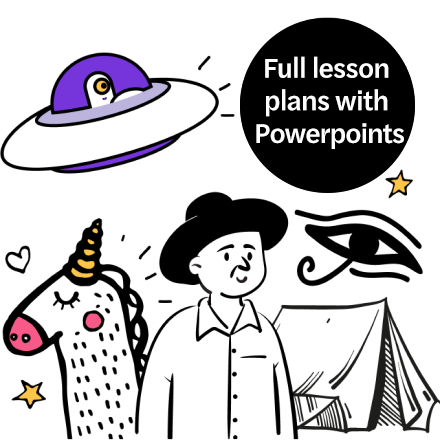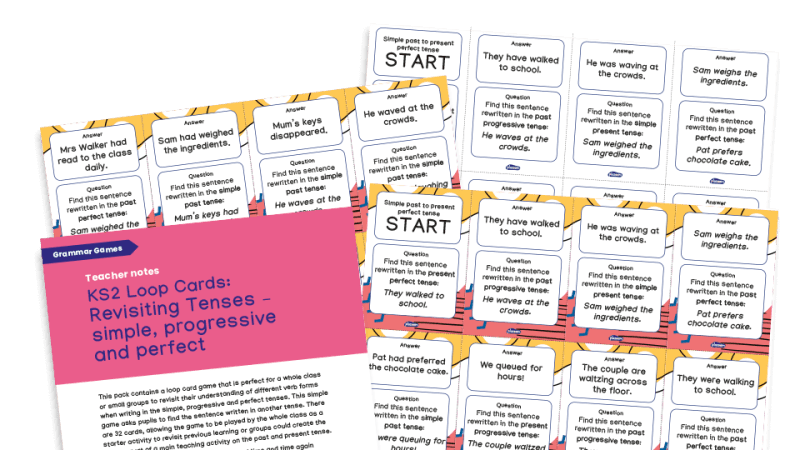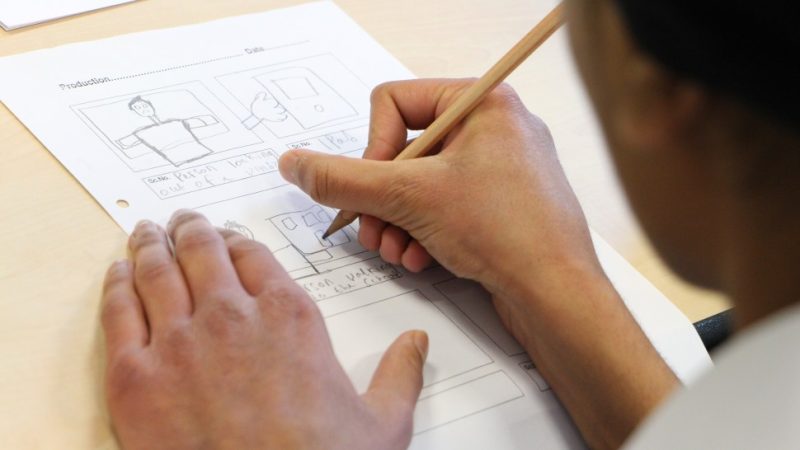Teaching creative writing – Comedy writing is a powerful shared experience

Comedy writing is a powerful shared experience that gives children a great sense of achievement, says Simon James Green…

If you were asked to describe the year 2020, I doubt very much you would be using phrases like ‘pant-wettingly funny’ or ‘total hilarity’, and yet the one thing I think we all need right now is to laugh a little bit more.
I’m an author of funny books so I’ve long been a proponent of the power of comedy.
On my regular pre-pandemic visits to schools, I’ve seen how laughter can engage even the most reluctant readers, help kids see the world in a different way, and be an easy way in to talking about otherwise difficult topics.
But humour can often be dismissed as silly and lightweight – fine in moderation, but slightly frowned upon because somehow the idea came about that if it’s entertaining and people are enjoying themselves, it can’t possibly be a good thing.
Like downing wheatgrass shots or reading Dostoevsky, if it’s horrible, it must be good for us, right?
Well, no, actually. And I think we’ve all had enough ‘horrible’ for one lifetime.
Getting the kids giggling again comes with a huge host of benefits based on the body’s chemical reactions to laughter.
It’s been shown to reduce stress, boost the immune system, and enhance brain chemistry through the release of serotonin and endorphins, both of which help when dealing with overwhelming emotion.
If those things weren’t all brilliant enough in the current situation, there’s even better news: some of the funniest fiction for children will introduce them to a plethora of underdog characters.
Usually armed with little more than a refusal to let life beat them down, these plucky kids are determined to be the hero of their stories, to weather the storm and go for glory.
Building resilience is the key to dealing with life’s ups and downs. In reading about underdog characters, young people can see that life does sometimes go wrong, and it’s OK to feel sad about that and wish things were different but, ultimately, you have to find a way to keep going.
Creative writing
As well as reading funny books with your class, another option is to explore how comedy can be used in creative writing. This is a guaranteed way to share some hilarious moments while using a range of writing techniques.
A good starting point is to remind everyone that comedy writing is not about writing jokes, but that actually, it all starts from character.
Most Y5 and 6 children I’ve worked with understand the concept of an ‘underdog’ – usually in a sports context – but allowing them to create their own underdog characters is a great starting point.
It’s important to stress that anyone can be an underdog, it just depends on the situation you put them in – a popular kid who wears the best designer clothes and loves nothing more than a pamper day isn’t your classic underdog, until they find themselves on a grim outward-bound weekend trying to find food and shelter while evading some mutant zombies.
Encourage pupils to come up with a basic character first and a few key traits, then think about what the worst situation that person could find themselves in would be: a nervous kid about to give a speech in assembly; the class clown meeting the mayor; a clumsy boy on a school trip to an art gallery displaying priceless vases.
Characters who are out of their comfort zone and in over their heads tend to make bad decisions, and that can lead to some pretty good comedy.
It also harks back to one of the key benefits of using humour: you’re in a mess – now how are you going to get out of it?
Absurdity and slapstick
These characters and situations will often give the basis for a good story, but you can enhance this further with some key comedic techniques. One thing I particularly love about eight to 11-year-olds is that they really appreciate absurdity and slapstick – two of my favourite things.
I’ve been in writing workshops before where kids have been in hysterics about chicken nuggets. You probably won’t have to do much coaxing before pupils come up with loads of weird ideas.
Explaining that absurdity can often help form a strong opening line is one way to use their talents effectively.
A first sentence ideally needs to grab your reader and make them want to read on – why has this man got a chicken nugget on his head? I must find out! – so getting them to go absurd here can be a good shout.
Meanwhile, slapstick can be a useful exercise in planning and writing more descriptive passages.
For slapstick to work well, all the elements have to be set up in advance, so that the bucket of the water that ends up on our hero’s head is first seen at the very start of the story when the window cleaner arrives at his house.
Getting the students to plan out each element in advance and then bring them all together in a moment of cataclysmic disaster can be very rewarding and lots of fun.
The best part of the whole process is then asking the kids to read their comedy work out for the whole class to enjoy.
I’m always blown away by the sheer variety of characters, situations and hilarious moments they create.
The shared experience of joyous, happy laughter, coupled with each child’s sense of achievement, is unparalleled.
Comedy writing tips
- Remind pupils that it’s not about writing gags
- Everything comes from character
- Creating an underdog is a great start
- The best comedy is kind
- Absurdity and slapstick work particularly well for primary-age children
Simon James Green is a Carnegie-nominated author of books for young adults and children. His first middle-grade book, Life of Riley: Beginner’s Luck (Scholastic) is out now. Find him at simonjamesgreen.com and find him on Twitter at @simonjamesgreen.








